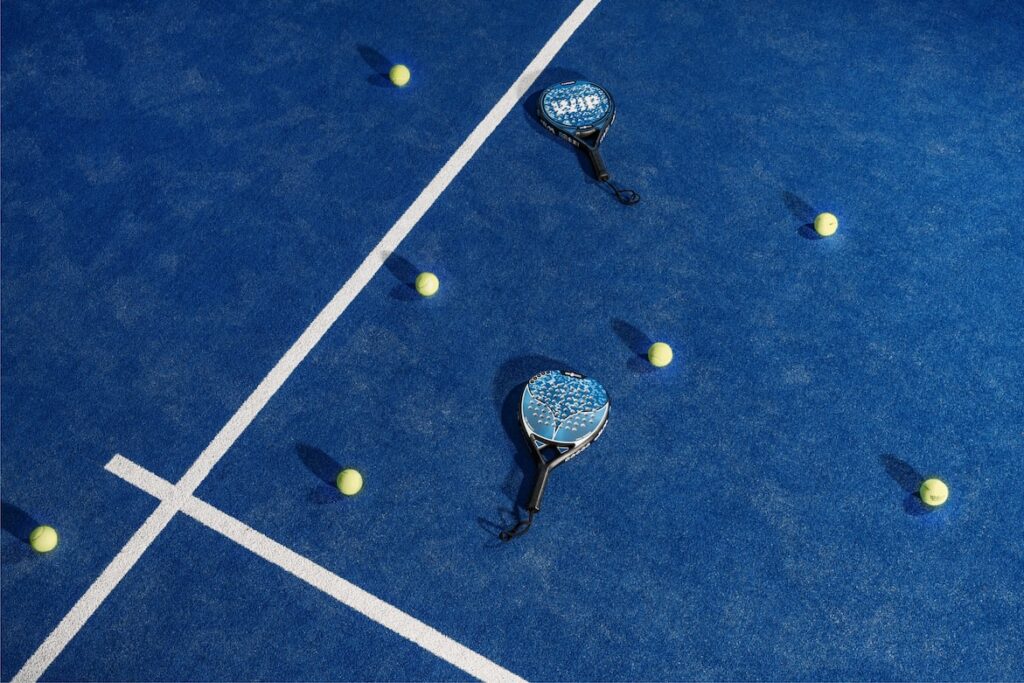Introduction to Padel: A Beginner’s Guide to the Rules and Basics
3 min read
Introduction to Padel: A Beginner’s Guide to the Rules and Basics
Greetings, fellow padel enthusiasts! If you’re new to the world of padel, you’re in for a treat. This exciting racket sport, which originated in Mexico and gained popularity across the globe, is a fantastic way to have fun, get fit, and engage in some friendly competition. In this beginner’s guide, we will walk you through the rules and basics of padel, so you can start enjoying this exhilarating sport in no time. So grab your racket, put on your game face, and let’s dive in!
The Court and Equipment
If you’ve ever played tennis or squash, you’ll find some similarities in the layout and equipment used in padel. The court measures 20 meters in length and 10 meters in width. It is surrounded by glass walls and wire meshes, allowing for a dynamic and strategic gameplay. Padel rackets resemble oversized ping pong paddles with holes and are typically made of a composite material. The balls used in padel are similar to tennis balls but have a slightly lower bounce.
The Scoring System
Now let’s get down to the nitty-gritty of padel: the rules and scoring system. Padel is usually played in doubles, where two teams of two players compete against each other. The scoring system is the same as in tennis, with games being played to 40 points, and matches consisting of sets (best of three) or super tie-breakers (a shorter third set played until 10 points).
Serving and Returning
Before we jump into the action, let’s talk about serving and returning. The server must stand behind the baseline and serve the ball underhand, diagonally to the opposite service box. The ball must bounce once on the server’s side before crossing over to the opponent’s side. The returner must let the ball bounce, too, before hitting it back. From that moment on, players can hit the ball before or after it bounces, allowing for exciting rallies and strategic shots.
The Play
Once the ball is in play, players can hit it off the walls, adding an exhilarating dimension to padel. However, keep in mind that the ball cannot be hit directly on the fly without bouncing first, as this would result in a point for the opposing team. You’ll quickly discover that padel combines the power of tennis shots with the finesse and touch of squash. It’s a game of strategy, communication, and teamwork.
Area Restrictions and Fouls
Now, let’s touch on some area restrictions and fouls in padel. Players must not step over the central line when serving, and the receiver must stand at least two meters away from the net. Additionally, the ball should not touch the ceiling or walls above a certain height. If any of these rules are violated, it will result in a foul and the opposing team will be awarded the point.
Etiquette and Conduct
Lastly, let’s not forget the importance of good sportsmanship and etiquette on the padel court. Padel is a social sport that promotes friendship and camaraderie. So, be sure to shake hands with your opponents before and after the match, cheer for good shots from both teams, and always respect the outcome of the game, regardless of who wins or loses. Remember, at the end of the day, it’s the joy of playing and having fun that truly matters!
Conclusion
Well, my fellow padel rookies, that wraps up our beginner’s guide to the rules and basics of padel. Now, armed with this knowledge, you’re ready to step onto the court and start practicing your shots. Remember to familiarize yourself with the court and equipment, grasp the scoring system, and master the art of serving and returning. But most importantly, have fun and enjoy the unique thrill that only padel can offer! Happy padel-ing!






